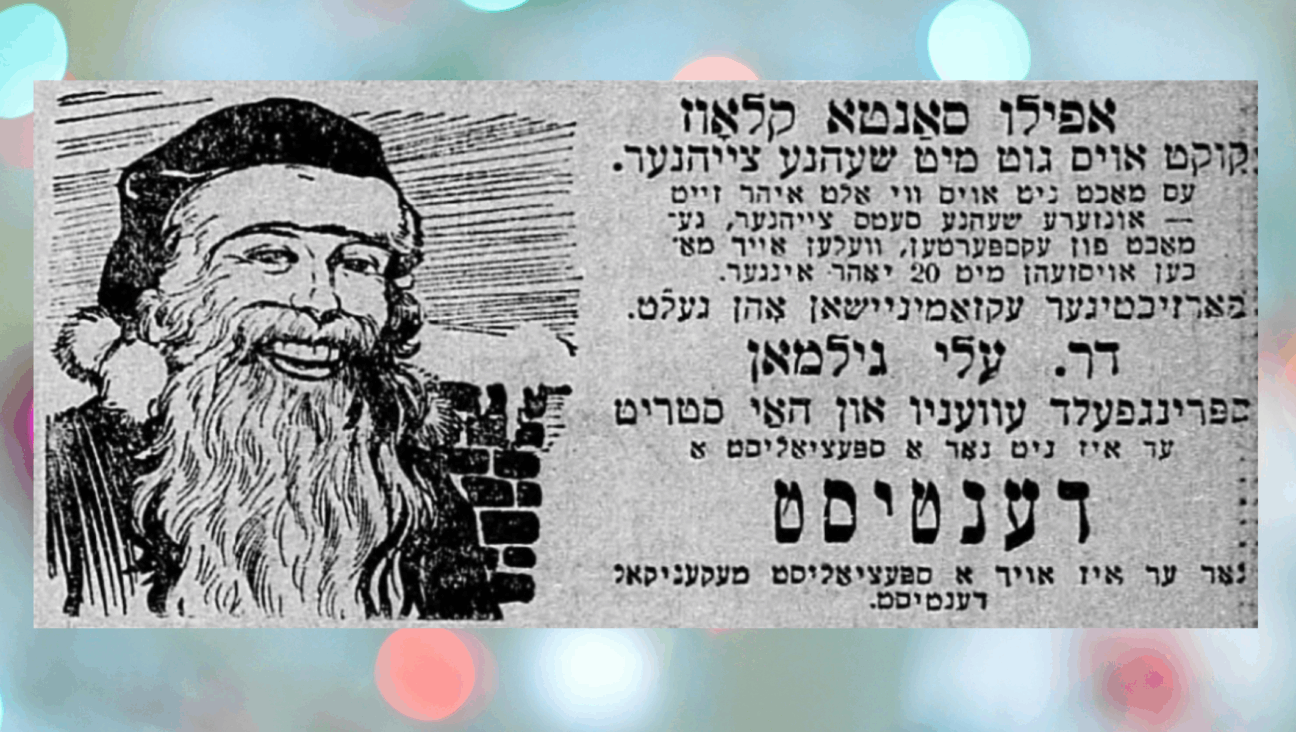Unafraid of Sentiment, Never Sentimental
Israeli painter Jan Rauchwerger is a small, reserved man of youthful appearance and countenance, his face round and unlined, his eyes inquisitive, a pale fuzz of hair covering his skull. As his wife, etcher Galit Rauch- werger, and two teenage boys move around his Jaffa house, he seems to take it all in through an osmosis that allows him both to observe and to be part of the family’s flow. Nothing is rushed or boisterous about Rauchwerger, 62, even though this is the year he finally arrived.
This year has brought a rare full-gallery retrospective of his work at Jerusalem’s Israel Museum, “Shades of Feeling, Works From 1979 to 2003” (which will head to Moscow next); a show of early oils at the Bineth Gallery in Tel Aviv, and a two-man show, with Michael Kovner, of coastal landscapes at a cliff-side exhibition space in Netanya, in which visitors and passersby could take in the sea and its artistic echoes in a single glance, juxtaposing God’s work and that of mere human hands. A book of facsimile portraits has been published, accompanied by Israeli poetry, by the luxury imprint Even Hoshen. And early next year, Tel Aviv’s museum of art is putting on a show of 40 Rauchwerger portraits.
As “Shades of Feeling” was being prepared earlier this year, the local art scene raced with the sounds of anxious curators vying for a first crack at Rauchwerger’s best, most luminous pieces. Rauchwerger, an internationally acclaimed portraitist, does not propose a new vision of the world, but an intimate, unafraid perception of the things that fall under his gaze. His is a generous offering to a public thirsty for anything authentic and trustworthy, not an arrow thrown against an uncertain visual future. It’s a view of what there is, not what might be.
There is nothing off-kilter about his work, not even the worn and incisive banker’s leather on the Italianate black shoe in his “Portrait of Leo Sachs,” in which the elongated, transom-like canvas presents a hanging foot where you might expect a human gaze, and a gaze glowering darkly from on high. Somehow, there is nothing strange about it.
As a portraitist, Rauchwerger is virtually a medium; looking at his greatest work, the sensation is that of being observed, even being opened. In this universe, Na’ama, a teen-aged friend of Rauchwerger’s son Daniel, is transformed into a bold and radiant, almost blinding, icon of candor, and the painting itself becomes a form of philosophical inquest, the metaphysical pursuit of the truth.
For Rauchwerger, it is an oddly cheerful path. “Every night I think, maybe I haven’t yet made my best effort to utter a sufficiently profound truth,” he said. “For me it’s a question of conscience that requires that I get to a certain depth. A landscape is a portrait, in the sense that you want to show what it really is and represents.” Many would not want to be viewed by such a penetrating eye.
His serviceable, sky-lit studio is located opposite the family kitchen, the main door and a broad entrance hallway in between. “Do you mind the noise?” I asked. “The kids are careful,” he said gently. “They don’t really make noise. This” — a quick motion of the left palm takes in a skylight, the black-and-white curlicued tiles that appear in many of his finished paintings, his pigments smudged on trays of wood, a model’s podium, a small, green divan, canvases hung or leaning against the walls, a collection of precise and diminutive sculptures — “is all part of their culture.” From the other side of the apartment come the muffled sounds of a door banging, backpacks being thrown on a table, kids rummaging through the fridge, a TV being switched on. The children are considerate of painting’s demands; the father is considerate of adolescent clamor.
Rauchwerger is not a case of the tortured artist confronting his demons through art. In his Russian childhood, he says, despite the antisemitism, despite the suffocation of communism, “the entire family came together to protect my brother and me. It was like being brought up surrounded by cotton wool.” The word love comes up constantly when he speaks of himself. The beginnings of his life as a painter? Seeing the works of the Russian portraitist and landscapist Mikhail Nesterov in Kiev. “At the time, I fell in love with his love of the homeland,” he said.
Rauchwerger, an Israeli by choice and for most of his life, is spiritually distant from the local art scene, in which struggle and assertion are values more readily found than love. But in the national psyche, he is a brother to the late national poet Yehuda Amichai, another young immigrant from Europe, unafraid of sentiment but never falling for sentimentality, who came here and made Israel’s air and land his own.
Perhaps it helps to have a foreign eye. In the late 1990s, the Rauchwergers spent two years in New York, where Jan has a son from a previous marriage. “We went to America in order to come back and see this light” — he points at Jaffa’s dimming glow — “in a different light. To see anew Israel’s light, like viewing an old love from another world.”
The circle closes: an Israeli master, he now flies back and forth to Moscow, teaching art to Russian students.
Noga Tarnopolsky is a writer living in Jerusalem.
















